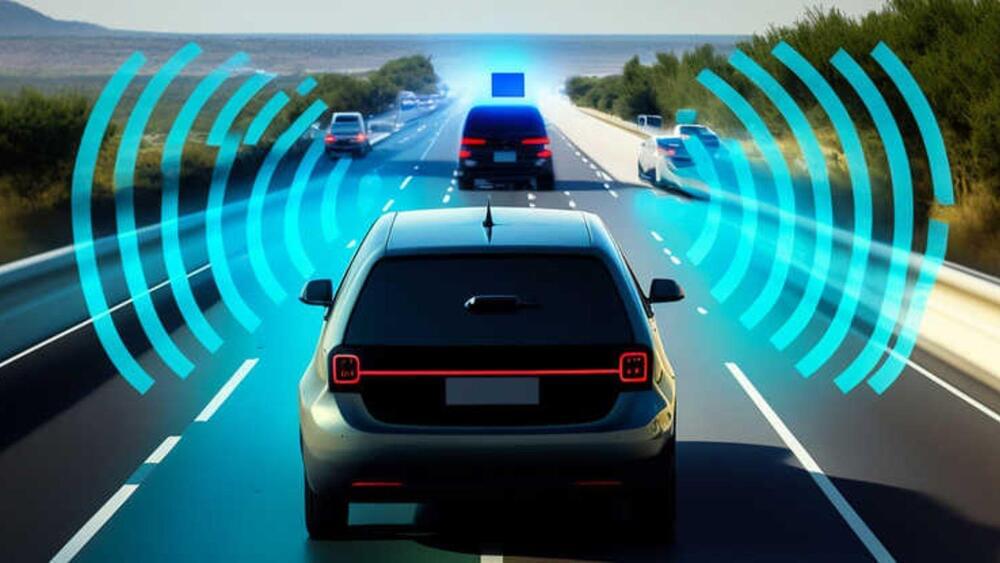The advent of AI has ushered in transformative advancements across countless industries. Yet for all its benefits, this technology also has a downside. One of the major challenges AI brings is the amount of energy required to power the GPUs that train large-scale AI models. Computing hardware needs significant maintenance and upkeep, as well as uninterruptible power supplies and cooling fans.
One study found that training some popular AI models can produce about 626,000 pounds of carbon dioxide, the rough equivalent of 300 cross-country flights in the U.S. A single data center can require enough electricity to power 50,000 homes. If this energy comes from fossil fuels, that can mean a huge carbon footprint. Already the carbon footprint of the cloud as a whole has surpassed that of the airline industry.
As the founder of an AI-driven company in the blockchain and cryptocurrency industry, I am acutely aware of the environmental impact of our business. Here are a few ways we are trying to reduce that effect.








